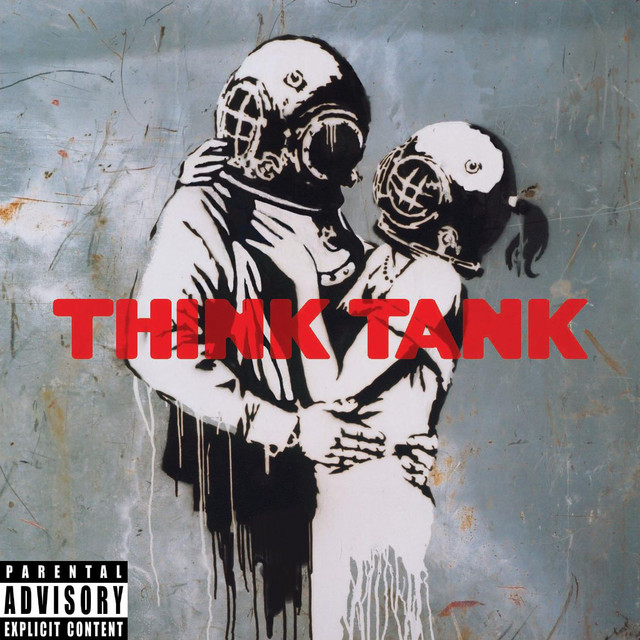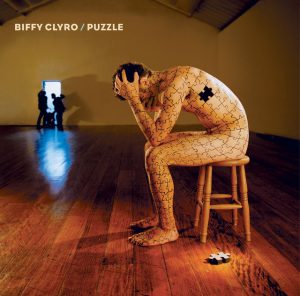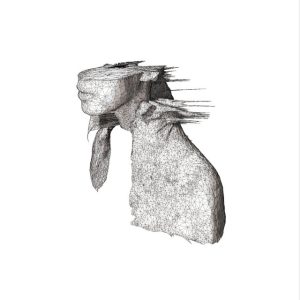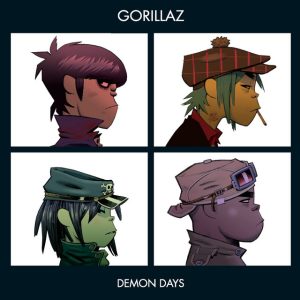The 2000s were a politically turbulent era. As 9/11 led to George W Bush’s crusade against the “axis of evil” and two million people marched in London to protest the Iraq War, the music of the decade voiced both uncertainty and a desire for escapism. Matching the music for impact, the best 2000s album covers not only captured the political mood of the time, but also left a strong visual impression that endures to this day.
In a world of competing ideologies, these artworks aimed to shake us from our apathy, either through surrealistic, childlike creativity or through pointed social commentary, with many becoming iconic representations of the era. From the whimsical world of The Flaming Lips’ Yoshimi Battles The Pink Robots to the dystopian allure of Radiohead’s Hail To The Thief, the best 2000s album covers showcase the best the decade had to offer.
Listen to our Pop playlist here, and check out the best 2000s album covers, below.
10: Blur: ‘Think Tank’ (2003)
In 2003, Blur convinced the mysterious graffiti artist Banksy to design the sleeve for their seventh album, Think Tank. Unsurprisingly, the controversial satirist came up with the goods, designing one of the best 2000s album covers, thanks to an image that features two deep-sea divers locked in a loving embrace. “I’ve done a few things to pay the bills, and I did the Blur album,” Banksy later said, in a rare public statement. “It was a good record.” The album went on to sell 1.5 million copies worldwide, and the value of Banksy’s contribution became apparent when his original artwork sold at auction in 2007 for £75,000.
Artist/designer: Banksy














